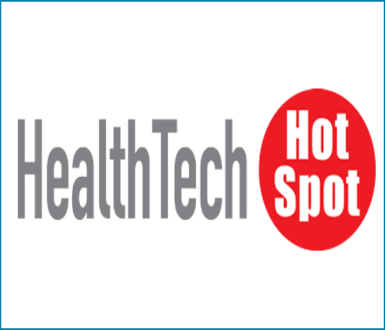Analysis of Potential AGFA Takeover by CompuGroup
The biggest positive for CompuGroup Medical is access to an established customer base in Western Europe and the US. CompuGroup’s core market focus and successes have been in Eastern and Central Europe to date, though recent acquisitions have expanded this reach.
In contrast, AGFA has spent decades building a strong reputation as a clinical specialist in medical imaging, mostly focused on digital radiography X-ray and imaging IT software. AGFA’s sizeable healthcare customer base would therefore make an attractive target for CompuGroup’s EPR products. In Western Europe, a market relatively immature in EPR adoption, this offer significant growth potential.
In contrast, the US market for EPR in hospitals is intensively competitive and dominated by major players such as Epic Systems and Cerner, limiting growth opportunity. However, the large and fragmented ambulatory and outpatient EPR market may be more attractive and could well suit CompuGroup’s products.
2. AGFA agreement would be an “all-in” move on healthcare
AGFA’s Healthcare unit accounted for only 41.5% of its $2.6 billion revenue in 2015, with Graphics and Speciality Products making up the remainder. AGFA may well be looking for some assurances on the future of the non-healthcare business lines. However, CompuGroup is a pure healthcare focused company, so the Graphics business is unlikely to be viewed as an essential asset, and could be targeted for potential sell-off.
If so, any deal acceptance from AGFA will essentially be an “all-in” move to focus on healthcare, mirroring the recent position taken by Philips, one of its major competitors north of the border. This will be viewed as a risk, given that the AGFA Healthcare business unit revenues have been stagnant in the last few years. However, when viewed in the wider market context, the healthcare sector is already a target for some of the largest technology and IT firms, such as Google, Apple, IBM and Microsoft. This confidence and investment therefore suggest it would be a risk worth taking.
3. Strategic mid- to long-term fit questionable
On balance the deal appears more favourable to CompuGroup than AGFA. It offers market access to more mature and profitable markets and will add a strong brand focused on clinical excellence in medical imaging and imaging IT software, providing further credibility to its growing market presence in Europe.
However, in context of the wider market, the deal would not solve the biggest strategic challenges for AGFA.
As a well-respected mid-sized firm entrenched in medical imaging hardware and software, the focus for AGFA should remain in driving clinical excellence in its core field of diagnostic imaging. Expansion to cover EPR and a new Eastern European customer base could drive some short-term revenue growth for both its software and hardware product lines. However, the joint EPR of an AGFA- CompuGroup deal would unlikely concern the major EPR or enterprise health IT vendors, so over time would offer little in terms of long-term growth potential. Moreover, most market growth and disruption is in the enterprise health platform segment, especially for population health management, analytics platforms and cognitive computing, a challenge for a firm of AGFA’s size to compete in.
Instead, AGFA should look to expand its reach within the clinical realm, focusing on applications where its expertise in clinical software and workflow can have most impact, especially in applications relatively new to digitalisation, such as Pathology. It should also look more to associate and partner in provision of new business models, service, cloud technology, cyber security and cognitive computing (much like its recent association with IBM Watson Imaging collaborative).
So, unless CompuGroup is willing to pay a premium for AGFA, the likelihood of a deal given the challenge of the Graphics business and poor long-term strategic fit of the healthcare assets is relatively low.
Share on LinkedIn
Subscribe to our free monthly newsletter with our latest market insights



